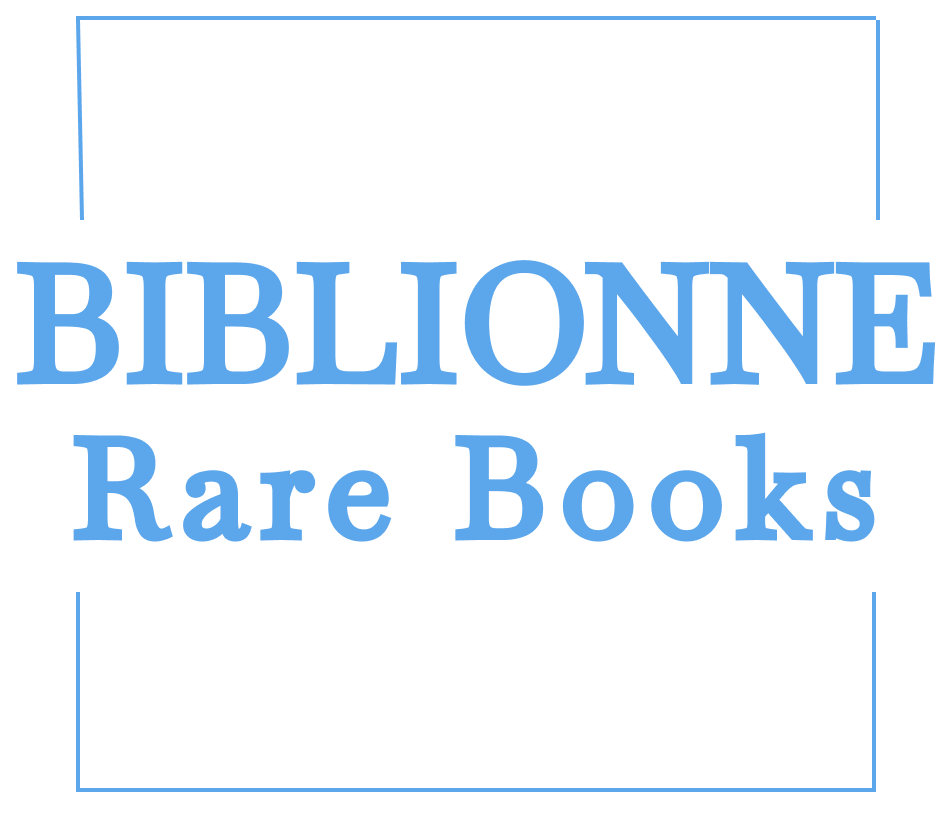Grigor'ev, P., Feodorov, Em.
Exercise Book. Textbook in the Chuvash language: Turkic language spoken in European Russia
Exercise Book. Textbook in the Chuvash language: Turkic language spoken in European Russia
Couldn't load pickup availability
Grigor'ev, P., Feodorov, Em. [Exercise Book: A learning book for the 3rd group in the first-level primary school]. Sataꚋ Kĕneki: Pĕrremĕsh sypăklă shkulta 3-mĕsh kruppăra vĕrenmelli kĕneke.
Shupashkar [Cheboksary], Căvashsen patshalăkc istattĕlstvi, 1931.
8vo, 124, [1] pp., [2] pp.cat.
In original pictorial wrappers. Signed and inscribed in Russian to title.
In good condition, lightly soiled and rubbed, small repair to some page edges.
Signed and inscribed by one of the authors: ‘Mnou eta / kniga napisana / v 1931 godu. / P. Grigorev’ [This book was written by me in 1931. P. Grigoriev]. One of 15 000 copies printed.
This textbook, containing math problems and exercises, is written in the Chuvash language—a Turkic language spoken in European Russia, primarily in the Chuvash Republic and neighboring regions. Chuvash is the only surviving member of the Oghur branch of the Turkic language family, one of the two major branches of Turkic languages.
Today, Chuvash is written using the Cyrillic script, which includes all the letters of the Russian alphabet along with four additional characters unique to Chuvash. However, the writing system has undergone several transformations over time. The first attempt to create a Chuvash alphabet occurred in the late 18th century, based on the Russian script. In the 1860s–1870s, Ivan Yakovlev—a Chuvash educator, reformer, and writer—developed a more systematic Chuvash alphabet using Russian graphical elements, tailored to the phonetics of the Chuvash dialect. This became the foundation of the modern Chuvash writing system.
Alphabet reforms continued over time: the original set of 47 characters was eventually reduced to 27. Important additions included specific characters for soft consonants, such as ҫ, ꚋ, and й, while some Russian letters were replaced by new ones like ӑ and ӗ. A revised Chuvash primer based on this alphabet was published in 1873, and this system remained unchanged for the next 50 years.
With the advent of the Soviet era, significant reforms were introduced to the Chuvash script, in line with the USSR’s broader national language policies. These reforms aimed to bring Chuvash orthography and pronunciation closer to Russian. For instance, in 1926, the letter ꚋ was officially replaced by Ч (Ch), though this change was not fully implemented until 1933. Notably, the presence of ꚋ in the title and text of this textbook, along with other pre-reform letters, indicates that it was published shortly before the full alphabet reform took effect, making it a valuable artifact from the final stage of the pre-reform Chuvash script.
One of the authors of the book was Petr Grigor’ev (1897–1973), one of the first historians and a key figure in the development of historical scholarship in Chuvashia, as well as an active member of the Society for the Study of the Chuvash Region. From 1941 to 1951, he served as the director of the Chuvash Research Institute of Language, Literature, and History. Following the rhythm of daily life, his textbook is structured around exercises that reflect the realities of the time, including themes related to kolkhozes (collective farms), industry, and factories.
We couldn’t trace any copy of this edition in the USA or European libraries via OCLC.














